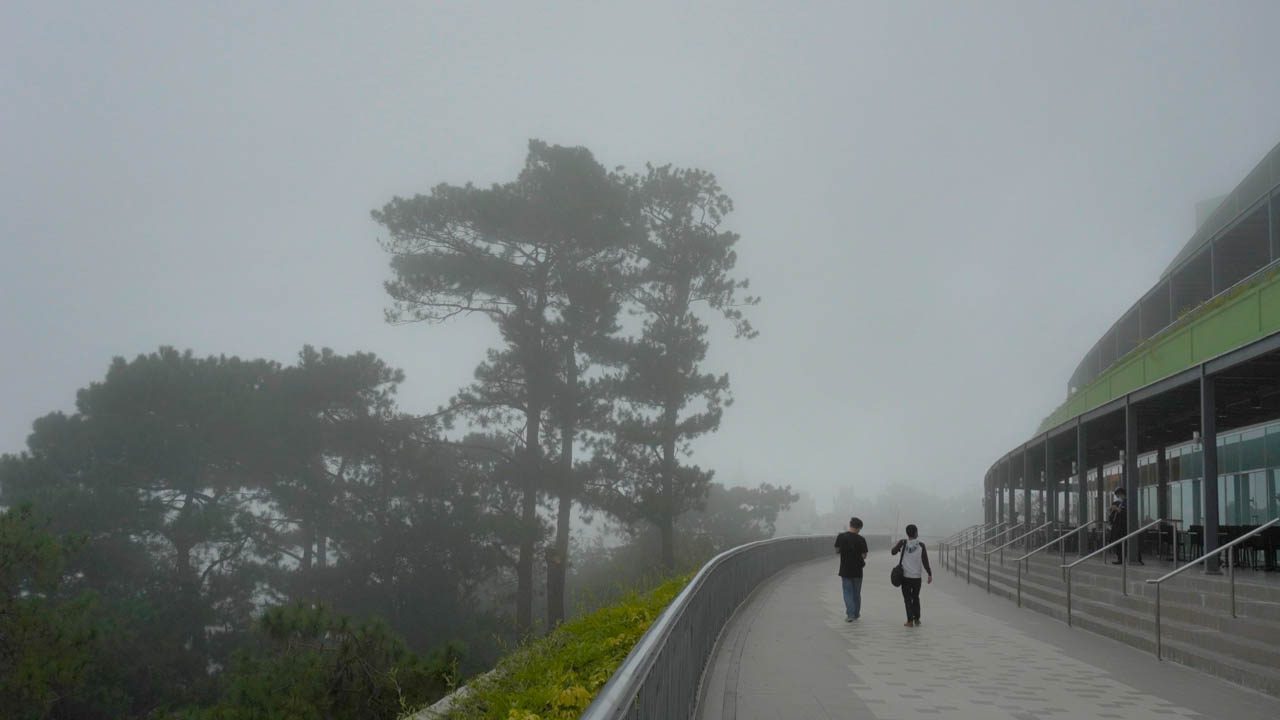Philippines’ northeast monsoon season underway
Expect surges of cold temperatures due to the northeast monsoon in the coming months, although El Niño may also cause 'drier-than-usual conditions' in some areas The Philippines' northeast monsoon season is set to begin on October 20, with the start of the amihan season, expected to see surges of cold temperatures and high winds. This is due to El Niño, which may also cause 'drier-than-usual conditions' in some areas. The weather bureau noted that strong northeasterly winds have already strengthened over Northern Luzon due to the strengthening of the high-pressure system over Siberia. This could lead to more frequent northeastersly winds, bringing cold and dry air to the north. Since El Niño is underway, there are higher chances of below-normal rainfall or drier than usual conditions, potentially causing dry spells and droughts in some parts of the country during the fourth quarter of 2023 and the first quarter of 2024. The season usually lasts from October until February or March.

Published : 2 years ago by Acor Arceo in Weather
This is AI generated summarization, which may have errors. For context, always refer to the full article.
CITY OF PINES. Mall-goers are seen during a foggy afternoon in Baguio City on July 23, 2020.
Expect surges of cold temperatures due to the northeast monsoon in the coming months, although El Niño may also cause 'drier-than-usual conditions' in some areas
MANILA, Philippines – The Philippines’ weather bureau announced the start of the northeast monsoon or amihan season on Friday, October 20.
“In recent days, strong northeasterly winds have prevailed over Northern Luzon due to the strengthening of the high-pressure system over Siberia,” said the Philippine Atmospheric, Geophysical, and Astronomical Services Administration (PAGASA) in a statement.
“Moreover, gradual cooling of the surface air temperature over the northeastern part of Luzon and increasing mean sea level pressure have been observed,” added PAGASA.
These mean that “the northeasterly wind flow is expected to become more dominant in the country, bringing cold and dry air.”
Surges of cold temperatures and winds are also expected in the coming months.
The northeast monsoon season usually lasts from October until February or March.
But PAGASA also noted that since El Niño is underway, the chances of “below-normal rainfall or drier-than-usual conditions” are higher.
El Niño may trigger dry spells and droughts in some areas during the fourth quarter of 2023 and the first quarter of 2024.
That could affect water resources, agriculture, energy, health, and public safety, warned PAGASA.
The declaration of the northeast monsoon season comes a little over a week after the weather bureau announced the end of the southwest monsoon or habagat season. – Rappler.com
Topics: Philippines
